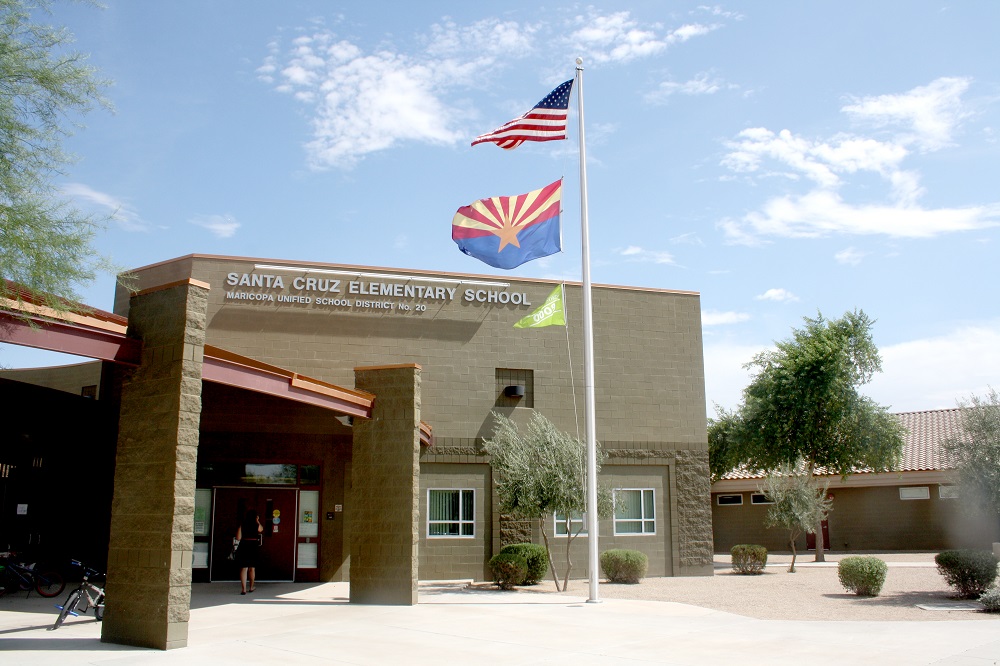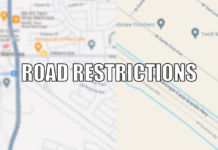At the city’s current rate of growth, Maricopa Unified School District elementary schools will need 48 additional classrooms by 2028.
So says the school district’s chief financial officer, Jacob Harmon, whose job includes tracking school district growth, managing it and ensuring it conforms with the school board’s standards.
“The school impacted the most would be Santa Cruz Elementary with a total of 20 additional classrooms, including one classroom multi-building,” Harmon told board members last week.
To meet that projected need, the cost could be about $10.5 million.
Harmon said under the school board’s current standards, the entire district will need 281 classrooms, a dramatic bump from 229 rooms today.
Santa Cruz Elementary, wedged in the heart of Maricopa’s fastest-growing east side, would be most affected by growth trends over the next four years, he said.
Harmon presented his latest numbers last week, which revealed a need for 281 elementary classrooms for the entire district, compared to 229 today.
Harmon gave the board two options to approach future elementary school growth, one to the board’s standards and another practicing what he called a “push-in model” to save taxpayer dollars. He said the push-in model would allow for cuts in additional classrooms by, for example, offering an art class in a home room instead of another separate classroom for art education.
The first option would total $13.6 million of classroom expansion over four years, versus $9 million for the less expensive option.
The plan would increase the number of elementary school teachers from 180 today to 227 in 2028.
Maricopa’s two middle schools, based on current enrollment growth projections, may have to add two additional teachers by 2026, but no additional classrooms on those campuses.
Harmon said the less expensive classroom route “will be difficult to achieve, relying on state funding alone and may require decisions to select what is funded between many competing priorities in order to avoid overspending.
“The good news is with this updated data buys us one to two years before additional classrooms are needed.”
Harmon explained that the district must plan three years in advance of any school expansion project because construction normally takes two years.
School board president Robert Downy likened the process of adding new classrooms to a complex maze of bureaucracy and careful study.
Referring to the fact that all Maricopa schools will have to be over allowable student capacity for state funding, Downy said, “This is complicated, it’s a lot of money, and unfortunately the state will not even talk to us about giving us money until we are actually broken.”

















